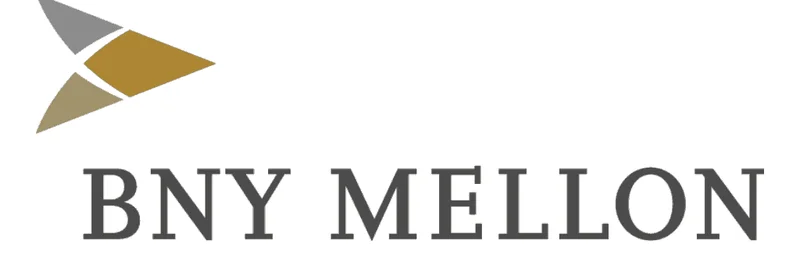Hey there, blockchain enthusiasts! If you're knee-deep in the world of meme tokens and crypto, you've probably seen the buzz around traditional finance (TradFi) giants dipping their toes into the onchain waters. Well, buckle up because BNY Mellon, the world's largest custodian bank managing a whopping $55.8 trillion in assets, is exploring something game-changing: tokenized deposits. This move could funnel $2.5 trillion in daily payments onto blockchain rails, shaking up how money moves in the digital age.
The news dropped via a tweet from Bits + Bips (@bitsandbips), highlighting BNY Mellon's push to break free from clunky legacy systems and enable round-the-clock settlements. It's not just talk— this is TradFi accelerating its pivot to crypto infrastructure, and it has huge implications for everyone from institutional investors to meme token traders.
What Are Tokenized Deposits and Why Do They Matter?
Let's break it down simply. Tokenized deposits are essentially digital representations of bank deposits on a blockchain. Think of them as stablecoins backed by real bank money, but with the speed and efficiency of crypto. Instead of waiting for banks to clear payments during business hours, tokenized deposits allow for instant, 24/7 transfers across borders.
According to reports from Bloomberg and The Block, BNY Mellon is looking at this tech to complement existing tokenized assets. It's a way to move "onchain cash" alongside other digital assets, solving pain points in traditional payment systems that are slow and restricted by time zones.
For context, BNY Mellon isn't new to this space. Back in July 2025, they teamed up with Goldman Sachs to launch a tokenized money market funds solution using blockchain tech. This latest exploration builds on that, signaling a broader trend where big banks are tokenizing everything from funds to deposits.
How This Could Supercharge Meme Tokens and Onchain Activity
Now, you might be wondering: what does this mean for meme tokens? Meme coins thrive on hype, liquidity, and easy access. If BNY Mellon brings $2.5 trillion in daily payments onchain, that's a massive influx of capital and infrastructure that could make it easier for TradFi money to flow into crypto ecosystems.
Imagine institutional investors seamlessly converting fiat deposits into tokenized forms and then swapping them for meme tokens on decentralized exchanges (DEXs). This could reduce friction, lower costs, and boost adoption. Plus, with 24/7 settlement, the always-on nature of meme token trading gets even more turbocharged—no more waiting for banks to open.
It's like the dominoes are falling for legacy financial systems, as one reply to the tweet aptly put it: "The dominoes are really starting to fall for legacy financial systems, aren't they?" from @ITangieff. Spot on—the shift is real, and it's accelerating.
Broader Implications for Blockchain Practitioners
For those building in blockchain, this is a golden opportunity. Tokenized deposits could standardize how money moves onchain, making it easier to integrate with DeFi protocols, NFT marketplaces, and yes, meme token launches. It's a step toward a more interconnected financial world where TradFi and crypto aren't rivals but collaborators.
Keep an eye on this—BNY Mellon's move might inspire other banks to follow suit, potentially leading to a surge in onchain activity. If you're a meme token creator or trader, understanding these developments could give you an edge in navigating the evolving landscape.
Stay tuned to Meme Insider for more updates on how TradFi's crypto pivot is reshaping the meme token world. What's your take on this? Drop a comment below!

